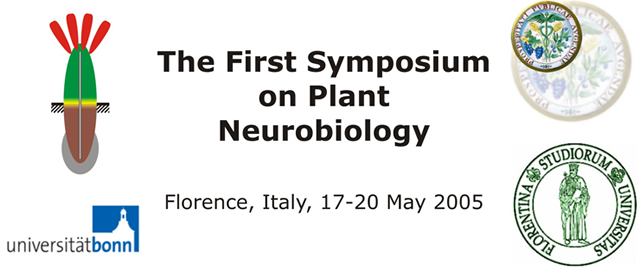|
Hydrotropism: root growth responses to water |
| |
|
Gladys Cassab |
|
Departamento de
Biología Molecular de Plantas, Instituto de Biotecnología, Universidad Nacional Autónoma
de México, PO Box 510-3, Cuernavaca, Morelos 62250, México |
| *email:
|
| |
|
Survival of terrestrial plants
depends upon the capacity of roots to obtain water and nutrients from the soil. Directed growth of roots in
relation to a gradient in moisture is called hydrotropism and begins in the root cap (RC) with the sensing of
the moisture gradient. Even though the lack of sufficient water remains the single-most important factor
affecting world agriculture, there are surprisingly few studies on hydrotropism. Using a screening system with
a water potential gradient, we isolated a no hydrotropic response (nhr1) semi-dominant mutant of
Arabidopsis that continued to grow downwardly into the medium with the lowest water potential
contrary to the positive hydrotropic and negative gravitropic response seen in wild type (wt) roots. The lack
of hydrotropic response of nhr1 roots was confirmed in a system with a gradient in air moisture. The
hydrotropic response of wt roots in the screening system occurred with a concurrent drop in both starch
content in columella cells and in gravitropic downward growth response. However, hydrotropicaly stimulated
nhr1 roots in the screening system contained unusually large amyloplasts that persisted throughout
the 8-day treatment. Since nhr1 roots maintained their large amyloplasts during hydrostimulation, their
perception and gravitropic response in the screening system was not affected as in wt roots. Furthermore,
nhr1 roots had abnormal RC morphogenesis and displayed decreases in auxin maximum. The genetic
analysis of hydrotropism has provided new insights about the mechanisms that the RC uses to perceive and
respond simultaneously to moisture and gravity signals. This knowledge might allow us to understand how RC
processes environmental signals that are capable of regulating whole plant growth. |

